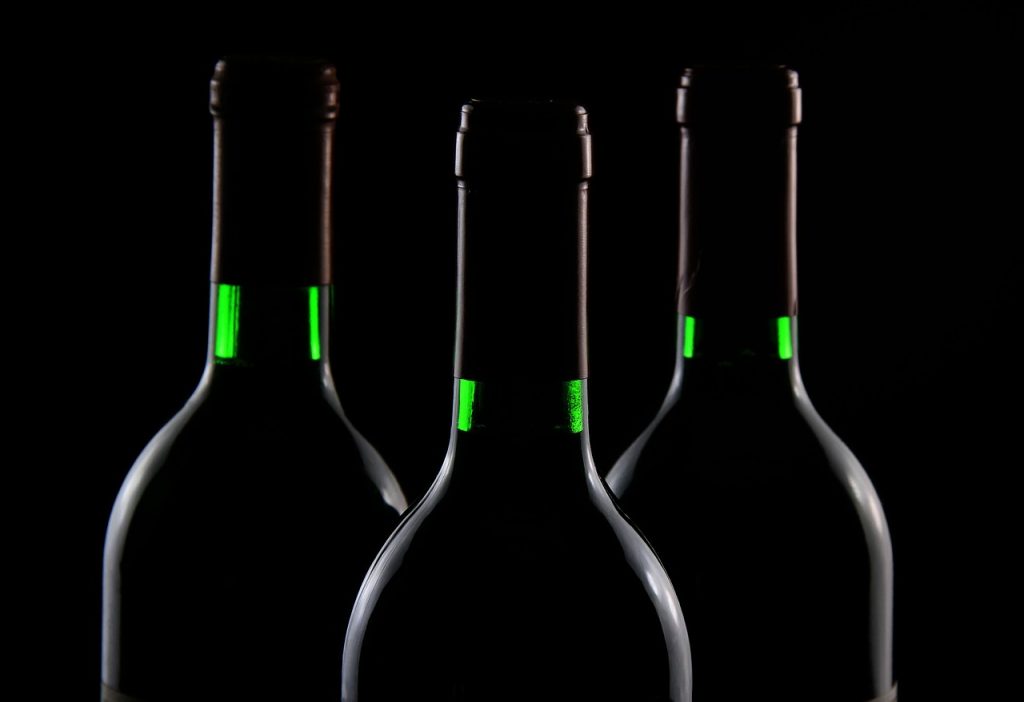How to Create a Captivating Wine Bottle Label
 For the wine lover, wine is experienced through all senses. Content and label must appeal to the buyer. How is a beautiful wine label created? Imagination is needed. Knowledge of the target audience is needed. Beautiful label execution is needed. A captivating label will draw in customer eye appeal – and profits go up. David Schuemann, Napa Brand Design Owner/Creative Director, has introduced a new book entitled “99 Bottles of Wine: The Making of the Contemporary Wine Label,”. Scheumann says that “the best wine label designers have the ability to tell a brand’s story through the packaging”. Book photos capture the evolution of the wine label and present beautiful label design examples. Rowena Curlewis, CEO of Denomination says “designing wine labels is one of the most challenging pursuits within the design discipline. For a wine label to work successfully it needs to have beautifully crafted typography as well as the ability to emotionally connect with a consumer”. It is clear that, to the wine making community, the bottle label ascending star has risen.
For the wine lover, wine is experienced through all senses. Content and label must appeal to the buyer. How is a beautiful wine label created? Imagination is needed. Knowledge of the target audience is needed. Beautiful label execution is needed. A captivating label will draw in customer eye appeal – and profits go up. David Schuemann, Napa Brand Design Owner/Creative Director, has introduced a new book entitled “99 Bottles of Wine: The Making of the Contemporary Wine Label,”. Scheumann says that “the best wine label designers have the ability to tell a brand’s story through the packaging”. Book photos capture the evolution of the wine label and present beautiful label design examples. Rowena Curlewis, CEO of Denomination says “designing wine labels is one of the most challenging pursuits within the design discipline. For a wine label to work successfully it needs to have beautifully crafted typography as well as the ability to emotionally connect with a consumer”. It is clear that, to the wine making community, the bottle label ascending star has risen.
Label Creation
Simple wine label creation tips gear to the boutique wine owner, specialty wine owner or small batch wine owner.
Measure wine bottle;
Decide label style and size; and
Design from a blank template; or,
Start with a pre-designed template.
Major vineyards carry their own graphic design staff. If not in-house, contracts are outsourced for PR/Marketing/Design expertise to aid the winery in label design. Wine labels source the wine. Labels carry information for consumers such as wine type (burgundy, shiraz, rose, etc.) and origin of the wine (wine growing region). Specific label information is value-added: the country of origin, quality, type of wine, alcoholic degree, producer, bottler, or importer is displayed on the label. Almost every New World wine is labelled by grape variety and geographic origin. For most buyers, the label is the eye-catcher prior to sale.
Wine branding requires market strategization and product positioning. The design of an exceptional wine label falls within branding activity. “The wine label really only has about 1.5 seconds to make an impact,” notes John Lawlor, co-founder of Real Picture Research, a visual engagement research company.
A captivating and beautifully-designed label can increase winery profit. Case in point: Sula, a new boutique Indian winery, has paid special attention to wine label asthetics. Nashik, India has emerged as “the center of Indian wine production”. We make really small quantities … so it’s really only available at the tasting room,” says Vasani, chief winemaker. “It’s full of flavor and a lot of complexity — you can drink it now, of course, but it will get even better with time.” The small wine making region and boutique volume produced requires Sula to depend on packaging techniques as well as excellent wine making. Photos show a beautiful label to complement the wine pour, and its’ design description.
Whether an at-home wine maker, boutique or even large winery, owners realize the bottle label impact. With 1.5 seconds available to close the sale, the label creation/design component of wine making has accelerated. The label image must provide a quality cue for cost and content prior to purchase. Bad labels can be erased by decanting wine. But who doesn’t like a label? Drinking with the eyes is key. Label design can mask a bad wine, advertise a good wine, brand the winery, contribute to a comprehensive marketing strategy, drive sales profits, and more. The prospective designer may draw on comprehensive internet data for how-to-design and create a beautiful label. According to the Wine Institute, wine consumption in the United States has risen from 691 million gallons in 2010 to 789 million gallons by 2016. That is a lot of wine, and a lot of wine labels designed. Creation of labels has become a business niche to drive wine making profit.

















